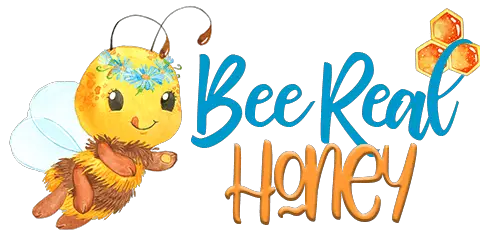*This post may have affiliate links, which means I may receive commissions if you choose to purchase through links I provide (at no extra cost to you). As an Amazon Associate I earn from qualifying purchases. Please read my disclaimer for additional details..
In school, we are taught how bees and flowers are associated with each other. Flowers need bees for pollination, while bees need flowers to forage – that’s just how nature works.
However, there are risks of having bees and wasps in your garden. Bees may sting you, while wasps may attack you if you get close to their nest. This makes walking to your garden troublesome and a little bit scary. The good thing is you can do something to keep them away from your garden!
Here are the 17 plants that repel bees and wasps from your garden:
Table of Contents
1. Basil
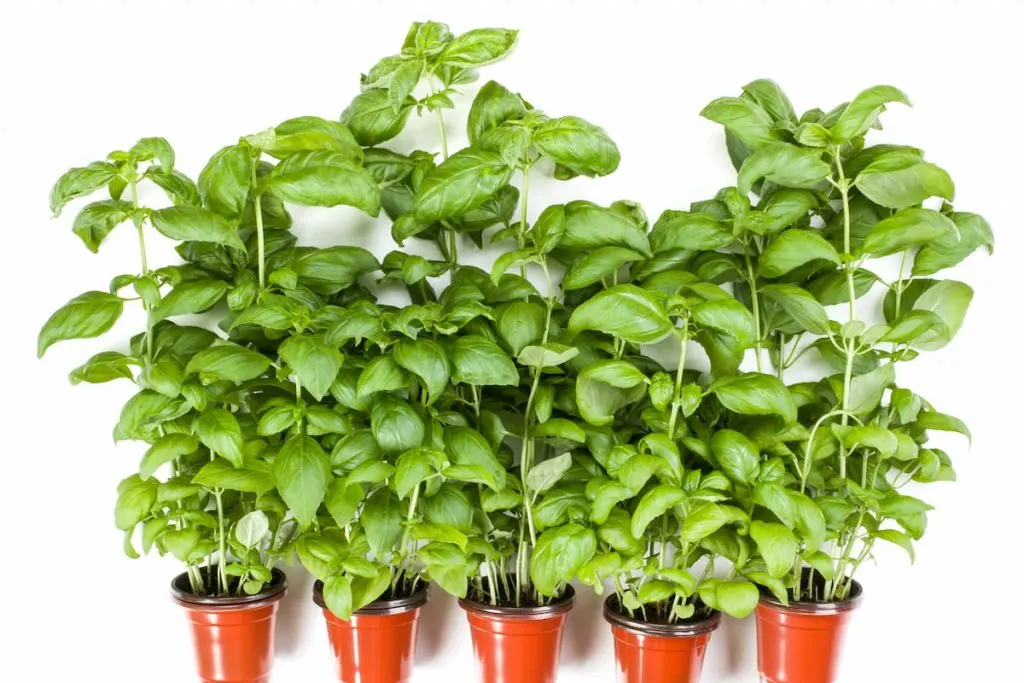
Not only does basil make a great addition to your dishes, but it also repels wasps and bees from your home. While the rich aromatic scent enhances a plain dish, pests are actually put off by its smell. In fact, they hate the basil’s scent.
For it to grow well, basil needs at least 6 to 8 hours of direct sunlight every day. It thrives in moist, but well-drained soil. There should also be enough drainage to prevent your basil from drowning, thus resulting in root rot.
You can buy it potted, rather than from seed so you won’t need to waste time waiting for it to grow.
2. Citronella
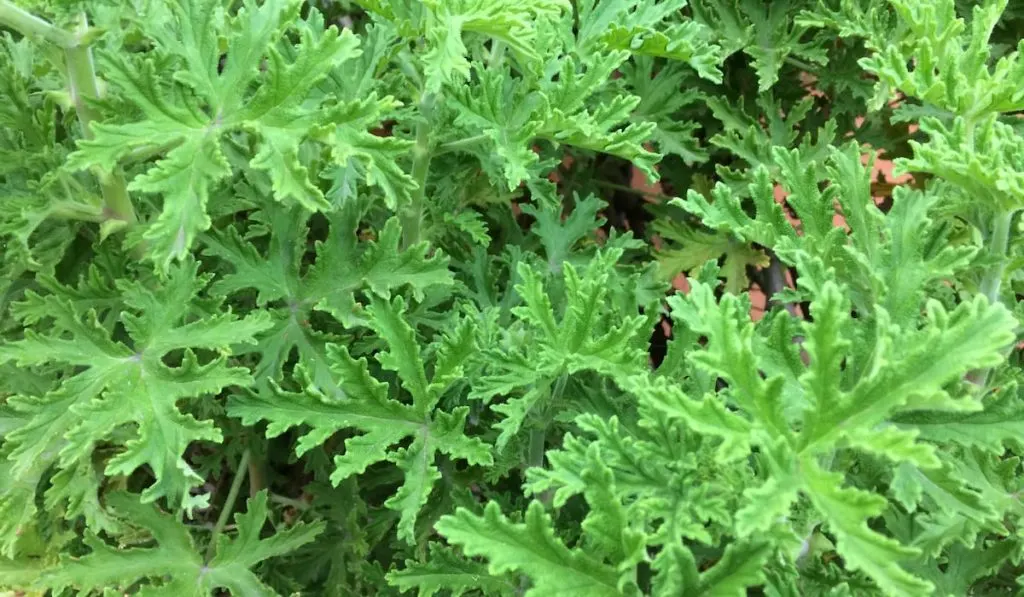
Citronella is popularly known to repel mosquitoes, but it also makes great repellent to bees and wasps. Usually, it is added in wax to make citronella-scented candles that deter flying bugs and insects.
Being a versatile plant, citronella can be grown either outdoors, or indoors.
Regardless of where it is growing, it will need at least 6 hours of direct sunlight. Citronella can be placed beside the window, or on the patio doors. It is also important to keep its soil well-drained.
3. Cloves
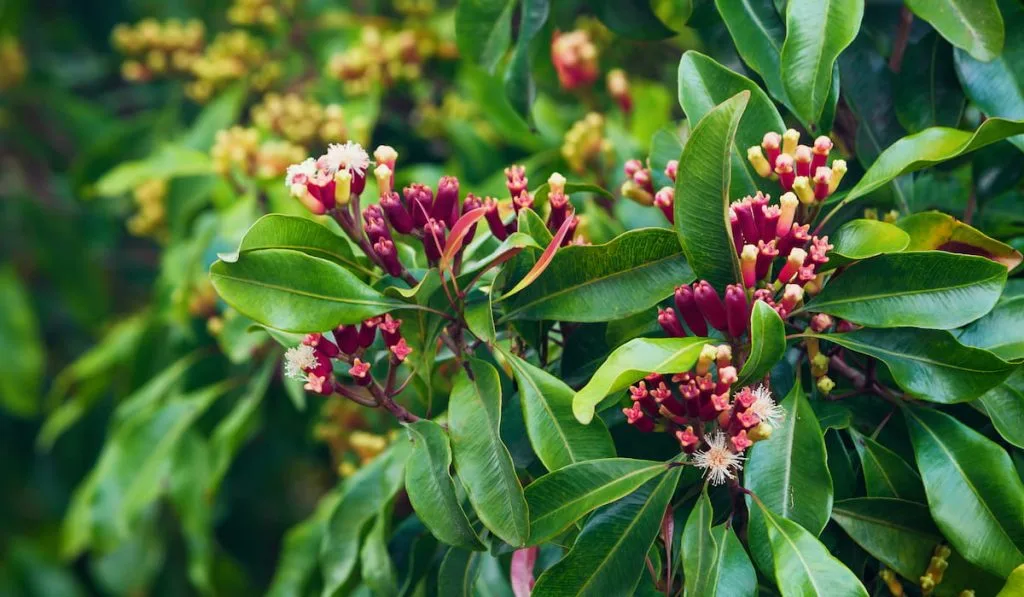
Because of its sweet and spicy aroma, bees and other pests do not like the smell of cloves and will try their best to keep themselves away from clove plants.
Keep in mind that garlic cloves and cloves are different things. For this post, we are talking about cloves – a unique plant with a strong aroma.
Cloves can be bought and planted in the yard. They are not difficult to grow and maintain and will thrive in zones 2-10 right after the first autumn frost.
4. Cucumber

Cucumber is popularly used in salads, sandwiches and other dishes. They can also be added in water, or eaten raw. Aside from being a versatile kitchen resource, cucumbers can also be used to repel bees and wasps.
This is because the winged creatures hate the bitterness and the acidic substance of the cucumber peels, so they avoid getting near these plants.
There are two ways to utilize cucumbers as a pest repellant. First, you can plant them in your yard, and produce fresh cucumbers which can be added to your salad and cocktails. The other way to use them is by putting cucumber peels all over your garden.
Either way, they are both effective in keeping bees and wasps away from your garden.
If you opt to plant them in your yard, it is important to know that these vegetables are tropical in nature, which means that they require plenty of moisture and warm weather.
Cucumber plant thrives in zones 4-12.
5. Eucalyptus
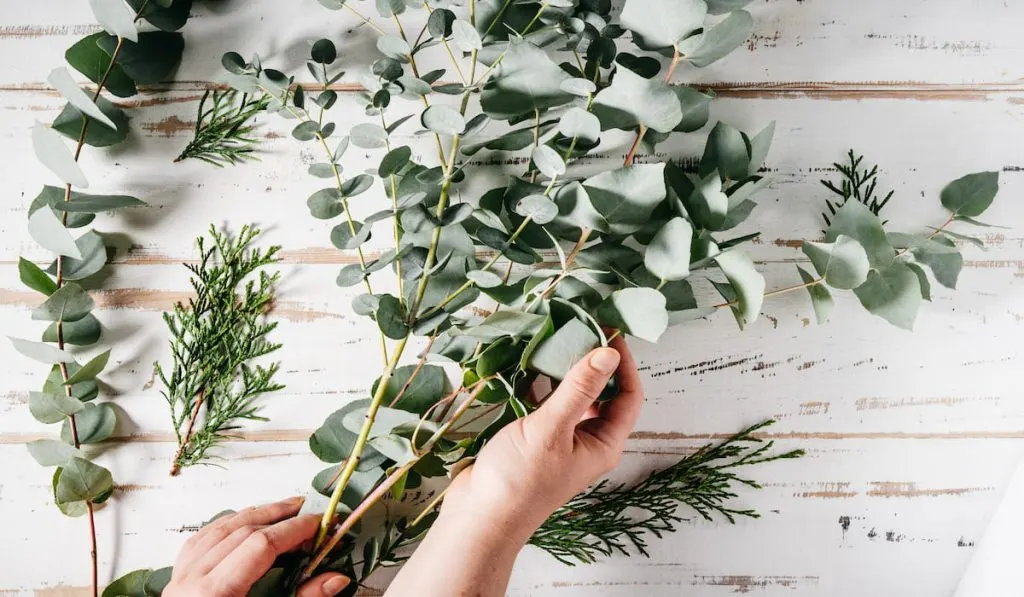
Koalas naturally love this plant. They will happily eat the fragrant leaves, so you most often see a koala eating them. However, bees and wasps are not a fan of these plants.
Contrary to koalas’ love for eucalyptus, stinging pests hate the eucalyptus’ smell.
Planting eucalyptus is easy. You can plant them in a pot or a container and keep them in your garden, or you can also plant them directly into your garden.
Whichever method you use, it is important that they receive plenty of sunlight. Eucalyptus is drought tolerant, which means that they will need to dry out for a bit before you can water them again.
They can be grown in hardiness zones 7a through 10b.
To maximize their use, you can plant them evenly in your garden to ensure that no wasps and bees will lurk around your property.
6. Ferns
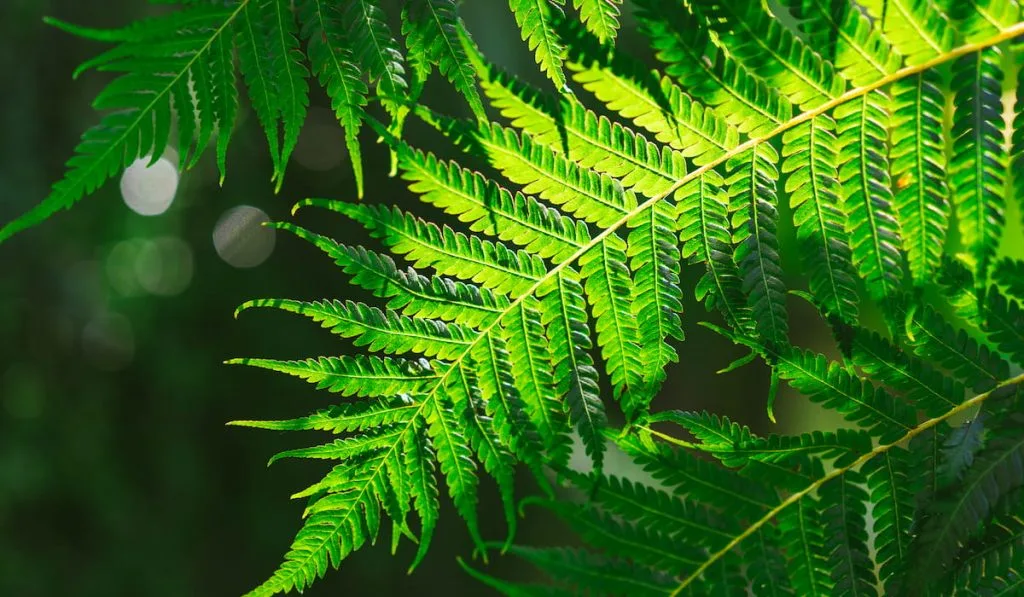
Ferns do not attract pollinators and pests, such as bees and wasps. Therefore, if you’re planning to add a plant to your garden that does not give you the risk of having stinging creatures, ferns are a good choice.
Not only do ferns make your garden greener, but some species of this plant can also be eaten!
7. Geraniums
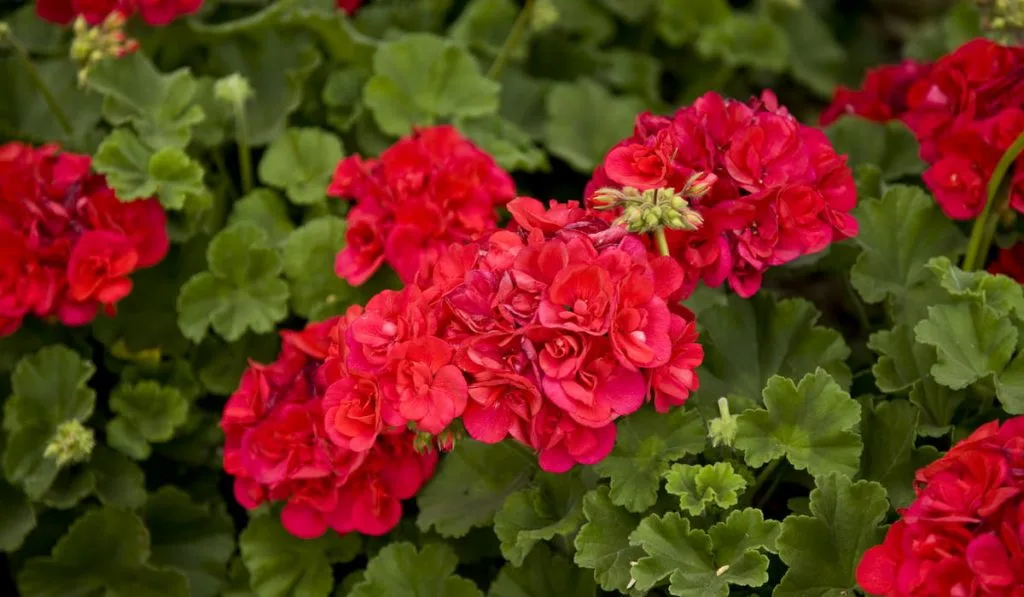
It may seem odd to know that a flower, which usually attracts bees, can actually be used to repel them. Geraniums, especially the red ones, can help deter bees as they cannot see the color red.
Moreover, geraniums have little to no pollen, which means that there’s no reason for bees to forage on these flowers. They also release a scent that is not favorable for pests.
If you wish to add geraniums to your garden, it is important to know that they need at least 4 to 6 hours of direct sunlight every day. In winter or cold weather, they should be kept inside your house to keep them from dying.
For this reason, it is suggested that they are planted in pots and then placed in your yard. Geraniums grow well in zones 8-12.
It is important to plant the red variety. Red geraniums work as a trap for bees. They are colorblind to red, and may see geraniums as another food source. However, once they get close to it, they will be able to smell its powerful scent which they hate, thus actually deterring them.
8. Insectivorous plants/Carnivorous plants
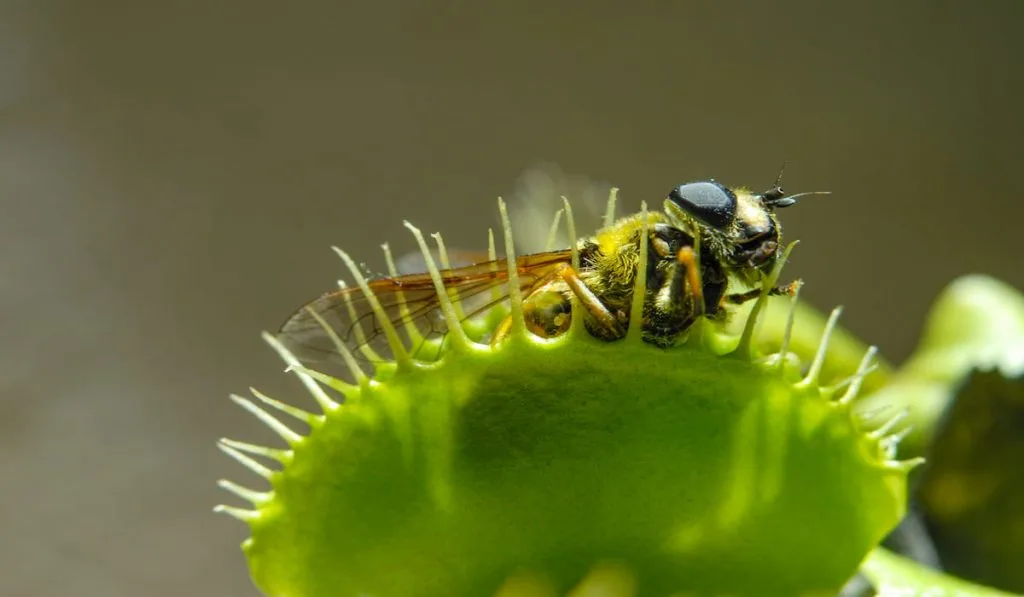
There are three categories of insectivorous plants, or sometimes called carnivorous plants. These are venus flytraps, pitcher plants, and sundews.
All plants are capable of eating wasps. However, some grow to be large enough to eat animals aside from pests, such as frogs!
Therefore, if you decide to plant an insectivorous plant in your garden, expect that they may also devour animals, including reptiles, amphibians, and even birds.
To make you understand better, let’s briefly talk about the three basic categories of insectivorous plants.
Venus flytraps (Dionaea muscipula). This plant has clam-shaped traps at the end of their leaves. Inside each trap, there are three trigger hairs. If one hair is tapped twice consecutively, or if two hairs are touched, the trap will close. Then, the plant’s digestive juices will break down the prey.
Pitcher plants. Pitcher plants have a different game plan from venus flytraps. First of all, they have pitcher-shaped leaves, hence their name. Their leaves hold water, and when an insect or a bug flies down to drink, they are trapped, drowned, and devoured. Later on, in this post, we’re going to get into details about pitcher plants.
Sundews. Lastly, sundews (Drosera spp.) come with small, sticky hair on their leaves that help trap insects. Simply put, they work like flypaper. To break down their prey, sundews release digestive juices.
9. Lemongrass

Lemongrass is highly beneficial for humans and for your home. They can be used to add flavor and aromatic scent to your dishes, teas, and other foods. However, they are also known to deter common flying pests, such as mosquitoes and wasps.
Lemongrass can be bought potted, and should be evenly placed around your property. They also provide a natural lemony scent to your home, which is adds to their popularity.
Lemongrass thrives in zone 8-10.
10. Marigolds
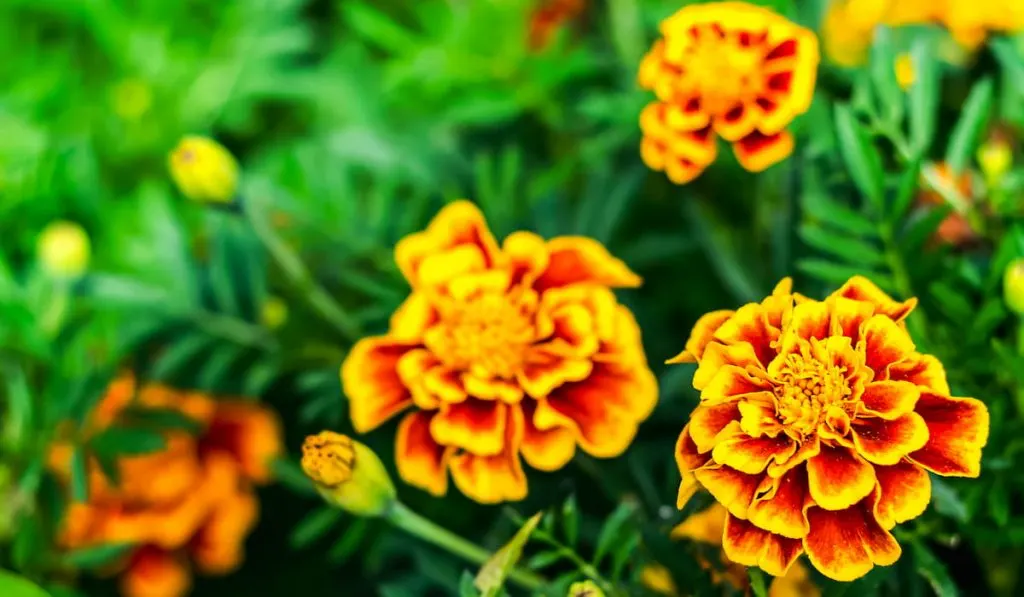
Like other plants on this list, the marigold’s scent prevents wasps, insects and other bugs from coming to your garden. Not only do they deter such creatures, but their colorful appearance also makes your garden more attractive.
However, one important thing to take note of is that marigolds do not completely ward off bees.
Maintaining marigolds is relatively easy. They are hardy plants, especially when they are planted on the ground. They are also cheap and easy to find.
In addition, marigolds also do well around other herbs and vegetables in your garden.
11. Mint

Mint is a popular herb that is commonly used to make mojitos. They can also be added to various types of foods and cuisines.
As much as humans love this herb, they are not taken well by stinging pests, including bees and wasps. Like most plants that they dislike, they hate the strong scent that mint gives off.
If you plan on adding mint to your home, keep in mind that they need a bit of shade. Therefore, they will do well even if you don’t keep them out in the sunlight.
Another thing to note is it grows rather quickly, so you need to keep it trimmed, or pruned. Otherwise, it may take over your garden in no time.
Mint is easy to grow. It can be grown from seed, or you can also buy it potted. Distribute them evenly around your garden and inside your house to maximize their purpose.
12. Mosses
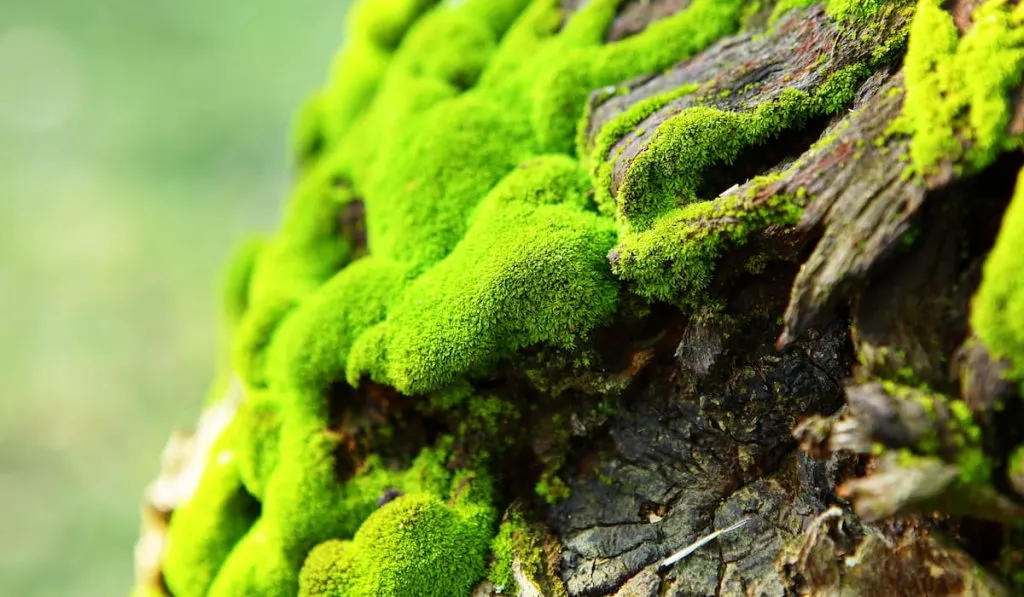
Just like ferns, mosses do not attract pollinators since they don’t need pollinating to propagate. In addition, mosses can also make great ground cover.
However, if they have aphids, they may attract wasps. You may also combine mosses with other plants on this list to completely deter wasps, bees, and other bugs.
13. Pennyroyal
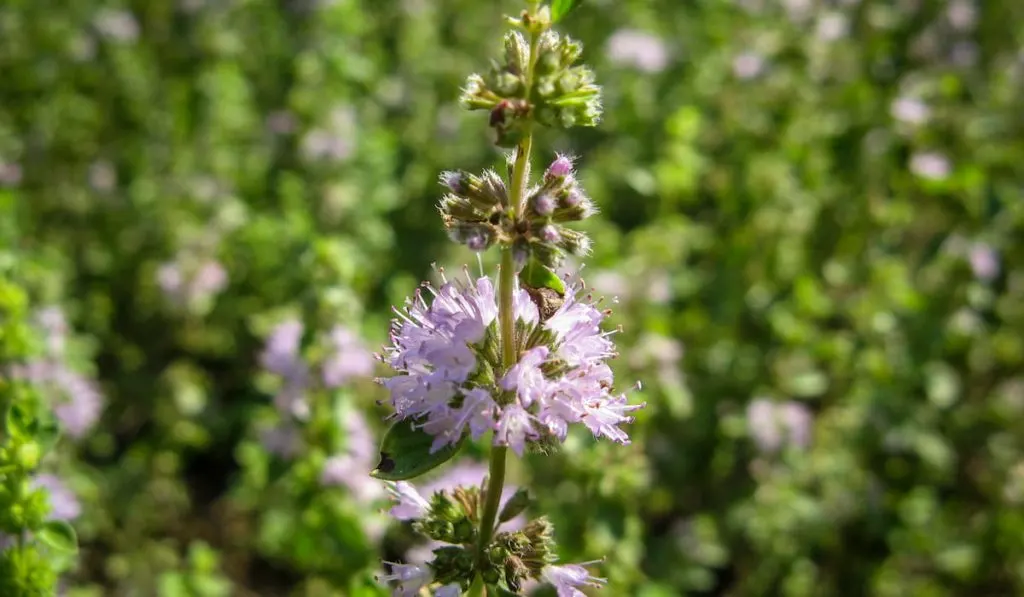
Pennyroyal is a small plant that has a similar smell to mint. Therefore, stinging pests hate these plants as well. They can be placed in a container as they only grow at about 6 to 2 inches.
Pennyroyal is easy to care for, but make sure to give it plenty of water so it doesn’t dry out.
Since it is compact, you can place it in different areas around your garden to make sure that no wasps or bees will enter your property.
14. Pitcher Plants
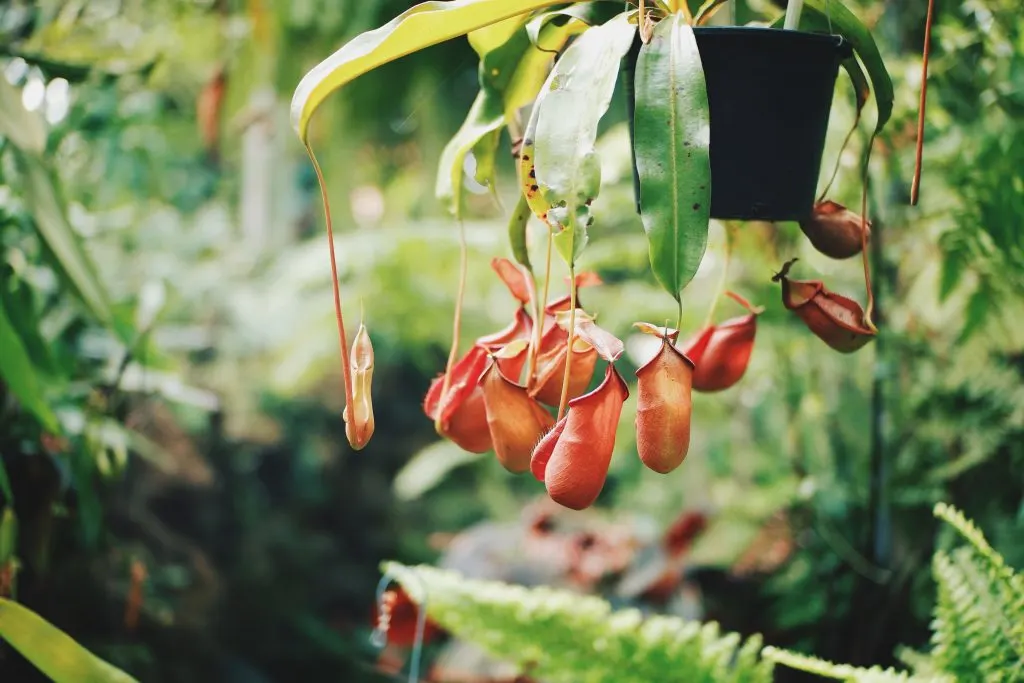
As mentioned earlier, pitcher plant is a category of insectivorous or carnivorous plant. They look quite unique with their pitcher-shaped flowers.
However, instead of deterring bees and wasps, they help control their population by trapping and devouring them.
The water that the pitcher plant collects allows them to set traps for any insect that may try to drink from them. Their slippery surface causes their prey to fall into the water and drown.
Caring for pitcher plants is a bit different compared to other plants on this list. They only require rainwater or distilled water, and will not do well on filtered, tap, or bottled water.
This is because the excess minerals present in the mentioned types of waters can be harmful for them as they are created to obtain minerals only from the insects they devour. They need direct sunlight.
15. Thyme
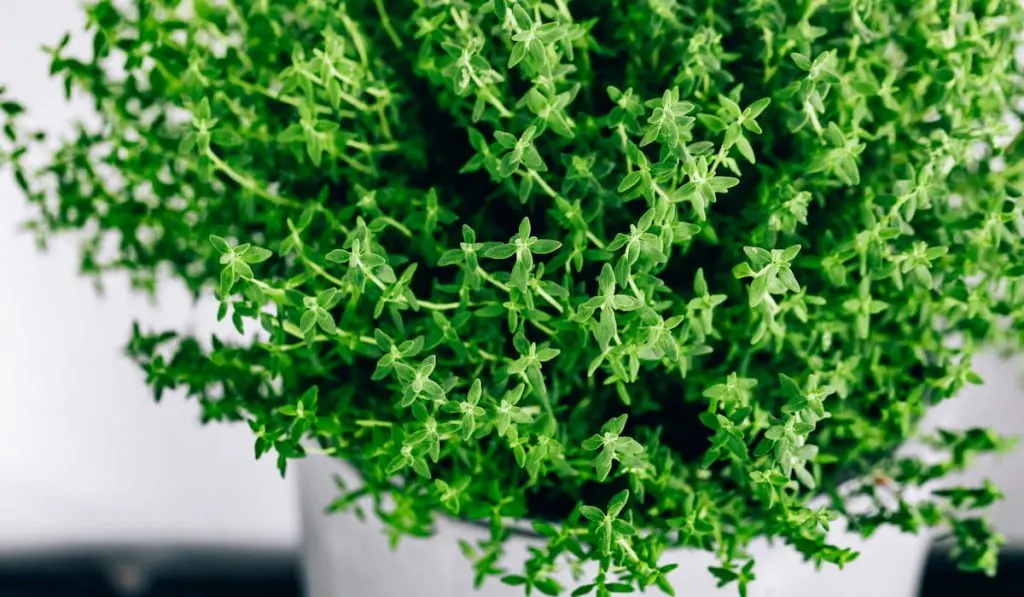
Although there is no solid proof about the efficacy of thyme in repelling stinging creatures, there have been reports of it being able to deter wasps because of its strong scent.
Thyme is widely available. It can be purchased potted at your local nursery, and it is also easy to grow.
Aside from using it to repel wasps, you can also put thyme to your favorite dishes to add an aromatic scent.
16. Trumpet flowers

The trumpet flower’s unique shape makes it hard for bees to get nectar. For this reason, bees and wasps tend to be uninterested in their presence, thus keeping them from visiting your garden.
Trumpet flowers come with different varieties for you to choose from. They do well in zones 8-12.
17. Wormwood

Wormwood is a beautiful plant, but the presence of absinthe makes them toxic to most insects. They have a pungent smell which alerts bees and wasps of the possible hazard so they fly away.
Wormwood should be planted with caution, because it may kill off other plants that are near it. It needs direct sunlight and a well-drained soil.
Conclusion
That ends the list of the 17 plants that repel bees and wasps in your garden.
Whichever plants you choose, it is important that they are well-taken care of for them to properly serve their purpose.
Now you know how to protect your garden and home from those pesky stinging insects!
